Basic Agricultural Economics
Contents: 1. Economics: Definitions, Terms, Methods of Economic Analysis, Micro and Macro Economics, Positive and Normative Analysis, and Meaning, Scope and Subject Matter. 2. Nature of Economic Theory, Rationality Assumption, Concept of Equilibrium, Economic Law as Generalization of Human Behaviour. 3. Basic Concepts: Goods and Services, Desire, Want, Demand, Utility, Cost and Price, Wealth, Capital, Income and Welfare. 4. Agricultural Economics: Meaning, Definition, Characteristics of Agriculture, Importance and its Role in Economic Development, Agricultural Planning and Development in the Country. 5. Demand: Meaning, Law of Demand, Schedule and Demand Curve, Determinants, Utility Theory, Law of Diminishing Marginal Utility, Equi-Marginal Utility Principle, Consumer’s Equilibrium and Derivation of Demand Curve. 6. Elasticity of Demand: Definition and Evaluation of Price Income and Cross Elasticities. 7. Production Process, Utility Creation, Production Factors and Input-Output Relationship. 8. Cost Curves Concepts, Short Run and Long Run Cost. 9. Supply Stock vs. Supply, the Law of Supply, the Schedule, the Supply Curve, the Factors Affecting Supply and the Elasticity of Supply. 10. Market Meaning and Types of Markets, Basic Features of Perfectly Competitive and Imperfect Markets, Price Determination under Perfect Competition-Short Run and Long Run Equilibrium of Firm and Industry, Shut Down and Break Even Points and More. 11. Distribution Theory Definition, Factor Market, Factor Pricing, Concepts of Rent, Wage Interest and Profit. 12. National Income: Significance and Meaning, Circular Flow of National Income, Accounting Concepts, Measurement Methods and Measurement Challenges. 13. Population Theories of Importance, Malthusian and Optimum Populations, Natural and Socioeconomic Factors, and Population Control Policies and Programmes. 14. Money Problems with the Barter System of Exchange, the Development of Money, Its Meaning and Purposes, Different Categories of Money, Supply, the General Price Index, Inflation and Deflation. 15. Banking Functions of Commercial and Central Banks, Bank Types, and Credit Creation Policies in the Modern Economy. 16. Agricultural and Public Finance Definition, Micro vs. Macro Finance, Need for Agricultural Finance, Public Revenue and Expenditure: Agricultural and Public Finance. 17. Tax Direct and Indirect Taxes, Agricultural Taxes and VAT are all Types of Taxes. 18. Economic Systems Economic Concepts and Their Functions Elements of Economic Planning and Important Characteristics of Capitalistic, Socialistic and Mixed Economies.
This basic book Basic Agricultural Economics is a scholars' guide, written for those who want to understand the theory, concepts, principles on which economy revolves. It is intended for students who are taking their first course as well as in their higher studies and preparation for various competitive examinations in agricultural social science discipline.
It introduces economic principles in a succinct and reader-friendly format, providing students and instructors with a clear, up-to-date, and straightforward approach to learning how a market-based economy functions.
It explains the general principles underlying different economic systems, divisions and so on. It has covered all the topics such as basic concepts in economics, theory of consumer behaviour, Indifference curve, demand and supply, elasticity, laws of returns and capital formation in readable language. With clear explanations of the entire field, from demand of single consumer to public finance of the nation, this is the best book for anyone who wishes to understand how the economy functions
Get it now and save 10%
BECOME A MEMBER

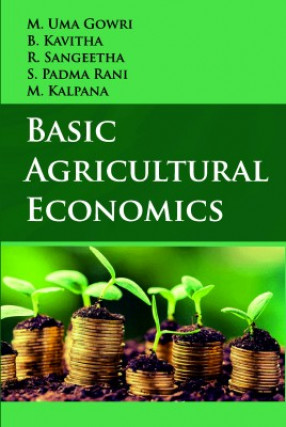
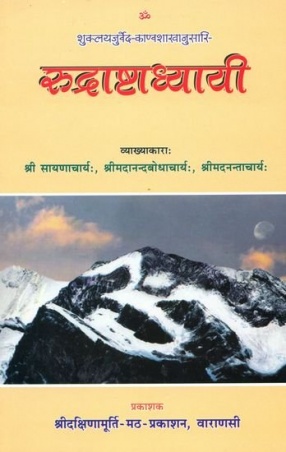
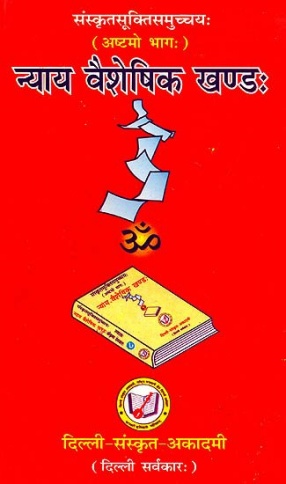
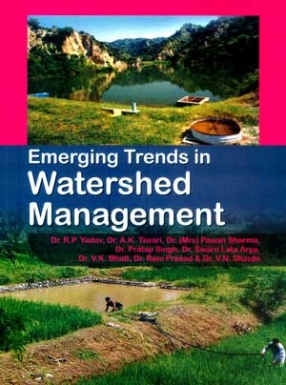

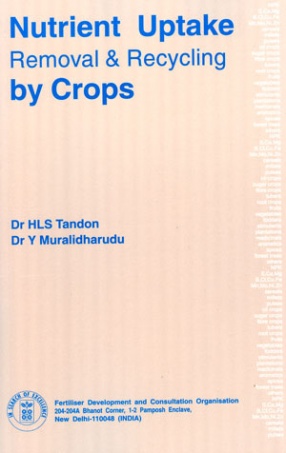
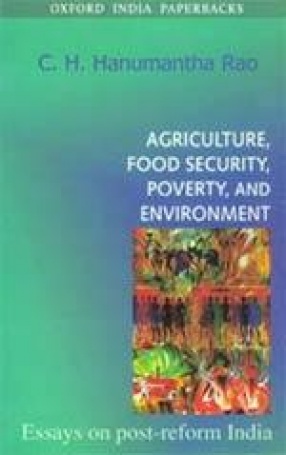

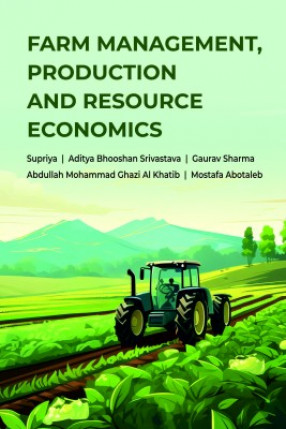

Bibliographic information
B. Kavitha
R. Sangeetha
Ors.